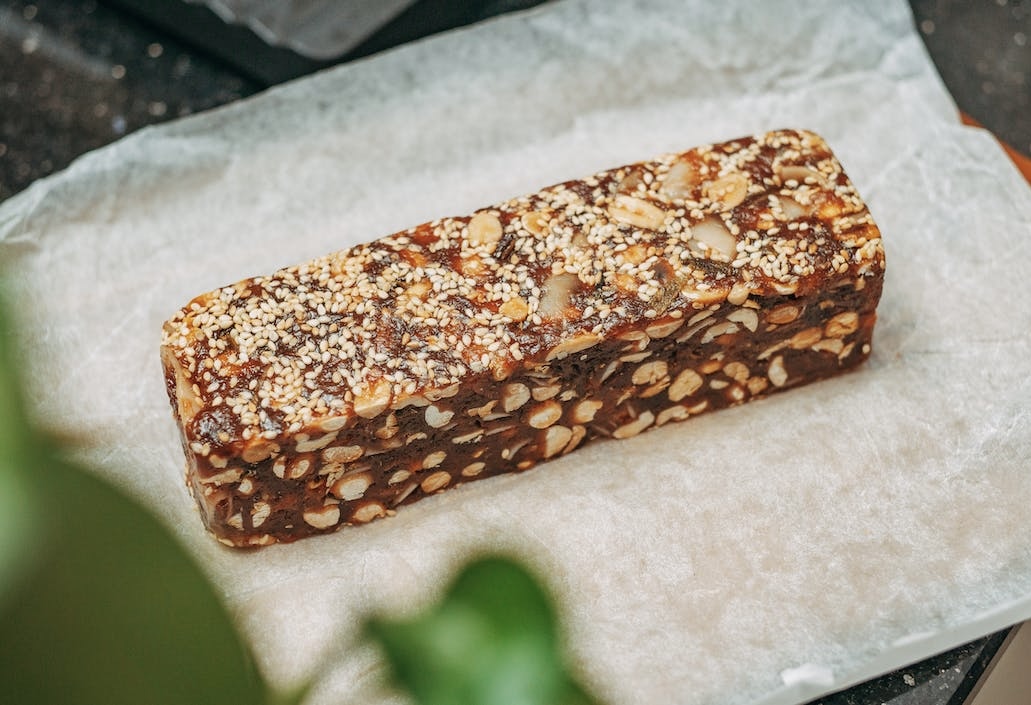Impact of Weather on Roofing Materials
Discover how weather impacts roofing materials. Learn about heat, rain, snow, and wind effects, and choose the best materials for your home's climate.

Roofing materials play a crucial role in protecting your home from the elements. They are your home's first line of defense against weather-related damage, making their durability and performance essential for long-term reliability. However, different weather conditions, such as heat, rain, snow, wind, and UV radiation, can significantly impact roofing materials, reducing their lifespan and performance. Understanding these effects helps homeowners make informed decisions when selecting materials for their roofs, ensuring their homes remain safe and energy-efficient.
This article will explore the various ways weather impacts roofing materials, discuss how to mitigate these effects and provide insights into choosing the right materials for your climate.
How Heat Affects Roofing Materials
Extreme heat can wreak havoc on roofing materials, particularly in regions with high temperatures and prolonged sun exposure. Asphalt shingles, one of the most popular roofing materials, are susceptible to cracking and warping under intense heat. Over time, this can lead to leaks and structural damage. Similarly, metal roofing may expand and contract due to temperature fluctuations, potentially loosening fasteners and causing gaps.
UV radiation, often accompanying high heat, can further degrade roofing materials. Prolonged exposure to UV rays can break down the chemical bonds in shingles, reducing their flexibility and durability. Using reflective coatings or opting for materials like clay tiles or light-colored metal roofing can mitigate heat damage and improve energy efficiency.
Impact of Rain and Moisture on Roofing
Rain and moisture are significant contributors to roofing wear and tear. Prolonged exposure to water can lead to the growth of mold, mildew, and algae, particularly in shaded or poorly ventilated areas. These growths not only diminish the aesthetic appeal of your roof but can also weaken the structural integrity of roofing materials.
Additionally, water infiltration is a major concern for homeowners. Improperly installed or aged roofs may allow water to seep through, causing damage to the underlying structure. For regions experiencing heavy rainfall, materials like metal roofing or slate tiles are excellent choices due to their water-resistant properties. Investing in proper flashing and gutter systems also helps channel water away from the roof, reducing the risk of leaks.
Wind Damage and Roofing Material Longevity
Strong winds can be a roofing material's worst enemy. High wind speeds can lift shingles, tear off roof panels, and displace tiles. Once roofing materials are compromised, the structure becomes vulnerable to further weather-related damage. Asphalt shingles with higher wind resistance ratings and metal roofing with secure fasteners are better suited for areas prone to strong winds.
For custom-built homes, professionals like custom home builders in Owen Sound Ontario ensure that roofing materials are installed to withstand local weather conditions. Their expertise in designing homes tailored to the region’s climate ensures that roofs remain durable and functional even under extreme wind conditions.
Snow and Ice: The Cold-Weather Challenge
Cold weather brings unique challenges for roofing materials. Snow accumulation adds significant weight to a roof, potentially leading to structural stress or collapse in poorly designed systems. Moreover, ice dams—formed when melting snow refreezes at the edges of a roof—can trap water, causing leaks and water damage.
Certain materials, such as metal and asphalt shingles, perform well in snowy conditions due to their durability and ability to shed snow easily. Proper insulation and ventilation are also critical to prevent heat from escaping through the roof, which contributes to ice dam formation. Choosing materials with a Class 4 impact rating can help reduce damage from hail, a common issue in colder climates.
Role of Humidity in Roofing Deterioration
High humidity levels can lead to moisture buildup, accelerating the decay of certain roofing materials. Wooden shingles, for instance, may rot or warp in humid environments. Similarly, metal roofs are prone to corrosion if not treated with protective coatings.
Ventilation systems play a vital role in managing humidity levels within a home. A well-ventilated attic can reduce the risk of moisture-related issues, ensuring the longevity of roofing materials. For areas with consistently high humidity, synthetic roofing materials like polymer or composite shingles are excellent choices, as they are resistant to moisture damage.
Choosing the Right Roofing Materials for Your Climate
Selecting roofing materials suited to your local climate is key to maximizing their lifespan and performance. Here are some popular options based on weather conditions:
- Asphalt Shingles: Affordable and versatile, they work well in moderate climates but may struggle in extreme heat or high winds.
- Metal Roofing: Durable and resistant to various weather conditions, metal roofing is an excellent choice for areas with heavy rain, snow, or high winds.
- Clay and Concrete Tiles: Ideal for hot climates due to their heat-resistant properties, though they are heavy and may require additional structural support.
- Slate Roofing: Durable and water-resistant, slate performs well in rainy and snowy environments but comes with a higher price tag.
- Wood Shingles: Attractive but better suited for dry climates, as they are vulnerable to moisture damage in humid or rainy areas.
Consulting with a roofing expert ensures the best materials are chosen for your specific needs, taking into account local weather patterns and building regulations.
Protecting Your Roof from Weather Damage
Regular maintenance is essential to prolonging the life of roofing materials and minimizing weather-related damage. Here are some tips:
- Conduct Regular Inspections: Check for signs of wear, such as missing shingles, cracks, or rust.
- Clean Your Roof and Gutters: Remove debris that can trap moisture or cause water buildup.
- Trim Overhanging Branches: Prevent branches from falling on the roof during storms or high winds.
- Apply Protective Coatings: Use sealants and reflective coatings to protect against UV rays, moisture, and corrosion.
- Invest in Professional Installation: Proper installation is key to ensuring your roof withstands the elements.
Conclusion
Weather has a profound impact on the longevity and performance of roofing materials. From heat and UV radiation to rain, snow, and wind, each weather condition presents unique challenges. By understanding these effects and choosing the right materials for your climate, you can protect your home and extend the lifespan of your roof.
Investing in high-quality materials and working with experienced professionals ensures your roof remains resilient, no matter the weather. Whether you're considering a renovation or building a new home, making informed decisions about roofing materials will pay off in the long run.
What's Your Reaction?






















